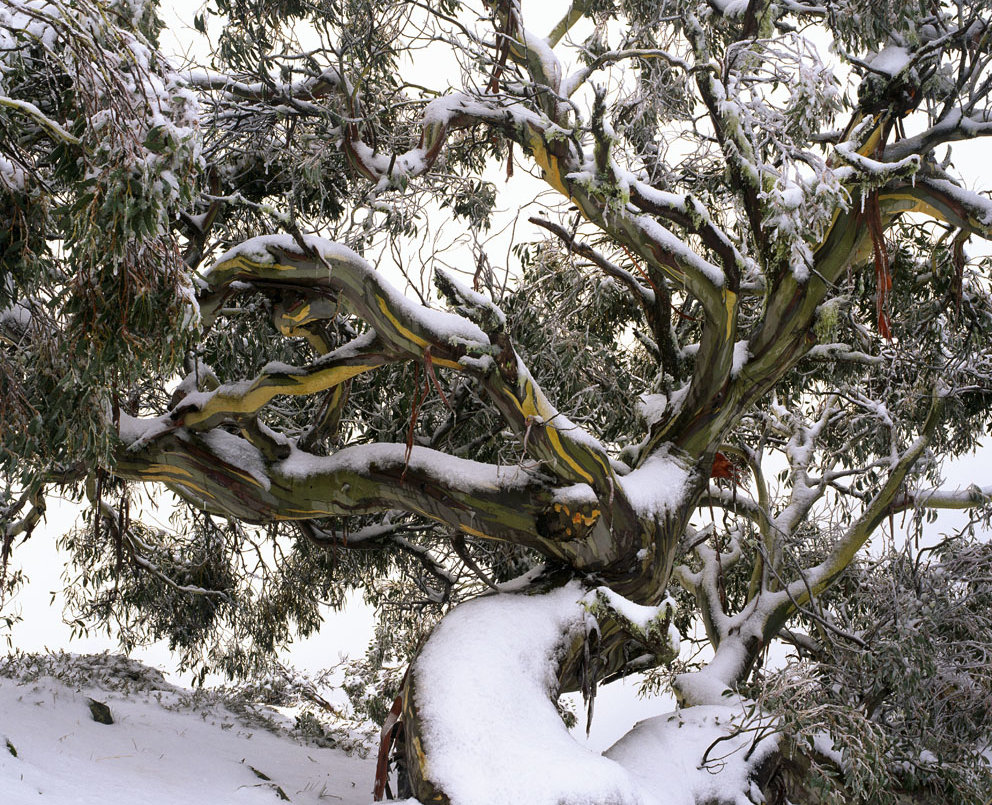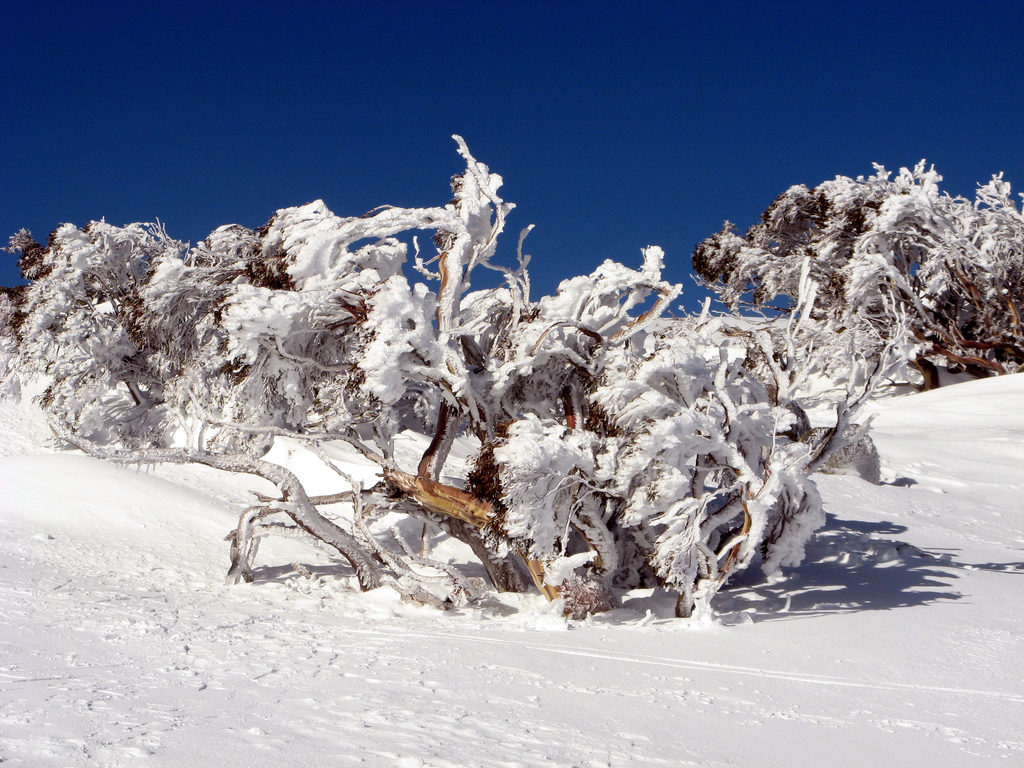
Of grief and the snow gum
Winter. The aching cold creeps into my bones and stays. Like an unwelcome house guest, it distracts and drains me, apparently undeterred by my efforts to evict it.
Outside, driving winds come in powerful waves, their icy blast arriving unhindered, direct from the snowy Australian Alps to me. Showery skirmishes of rain pass through indecisively, even apologetically. Oh, when will the spring come?
Cold
My instinct is an urgent retreat from the cold. Layered and heated, desperately conserving warmth and energy, I crave the cocoon of indoor comfort. Paradoxically, once I’m warm I become mean-spirited, fractious and selfish. “Who left that door open?”
However, if I venture out into the chill air and walk briskly with my face to the wind, the sluggish tide in my bloodstream begins to flow, however reluctantly. I find myself generating heat instead of hoarding it. And while my extremities might still be frozen, I feel vital and animated. If I’m honest, I can feel strangely alive in winter.
Grief
The wintry, aching longing for the beloved one who is gone didn’t creep into my bones. It took me hostage and it’s a permanent resident now. Even more unwelcome than the chill air, more disturbing and demanding, it has reshaped and changed me irrevocably.
Just as the alpine winds contort and twist the snow gum’s trunk, so my body bears the irreversible and unyielding imprint of grief’s tempest. Eyes, when tired, that struggle to focus. Hair, greyer now. Heart, broken.
There’s a terrible, bewitching beauty in the snow gum, a beauty wrought by buffetting gales and battering snowstorms. How can it possibly survive or grow or endure?

In the high country of the Alps, the snow gum (Eucalyptus pauciflora, subspecies niphophila) can withstand temperatures as low as -20°C. Not only that, but after a snowfall the branches of this non-deciduous tree bend lower and lower, causing the snow to slide off the leaves and preventing the branches from breaking. The trunk bows and conforms to the prevailing winds—it doesn’t resist and so will not snap.
For me, grief can often feel like I’m caught in a blizzard—relentless, numbing, energy-sapping. At other times it can feel like I’m caught in a drift of snow—heavy, paralysing, suffocating. But like the snow gum, I’m learning to adapt to grief, bending and yielding to its implacable severity. It sometimes leaves me wondering how I will survive, let alone grow or endure.
But in these moments of desperate extremity God reminds me that I am not a wave of the sea, driven and tossed by the wind (James 1:6). Rather, I am a snow gum with solid roots anchoring me to the earth.
Shelter
With the knowledge of his unfailing word to strengthen and hold me fast, and the shelter of his compassion and love, I am able to withstand the howling gale and the fearful storm (Isaiah 25:4).
And if I’m honest, I can feel strangely alive in grief, because death has changed my perspective on life.
It is better to go to a house of mourning than to go to a house of feasting, for death is the destiny of every man; the living should take this to heart (Ecclesiastes 7:2).
Featured image: ‘Snow gum’ Mt Howitt, VIC. Photo by Ben Kreunen | Flickr.com (Creative Commons licence)




